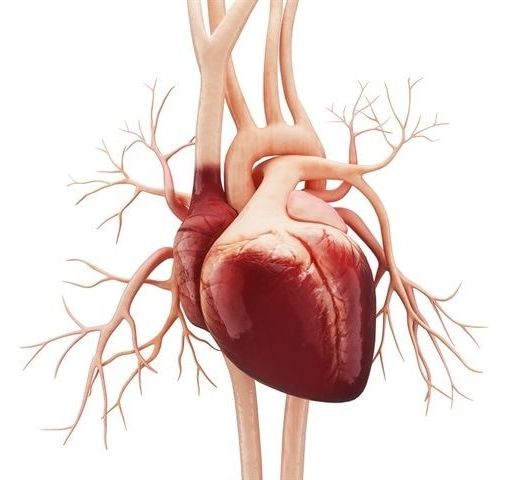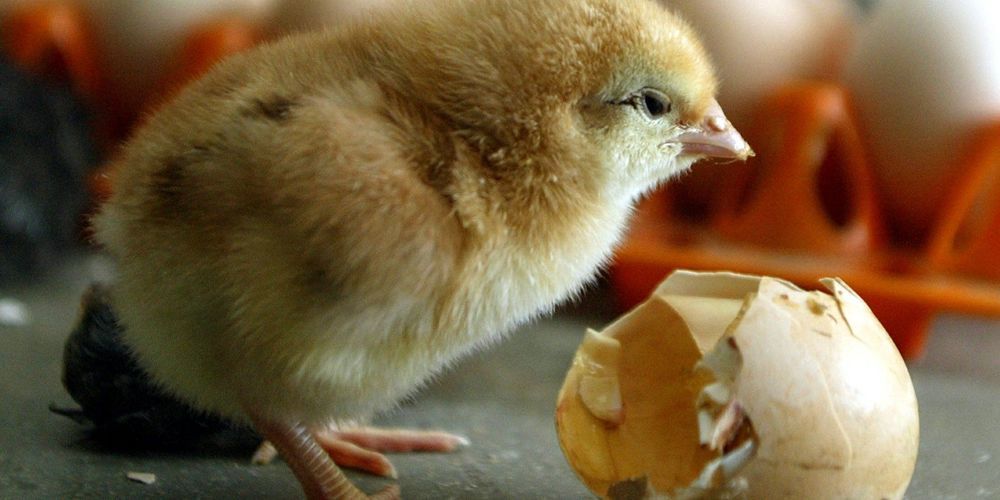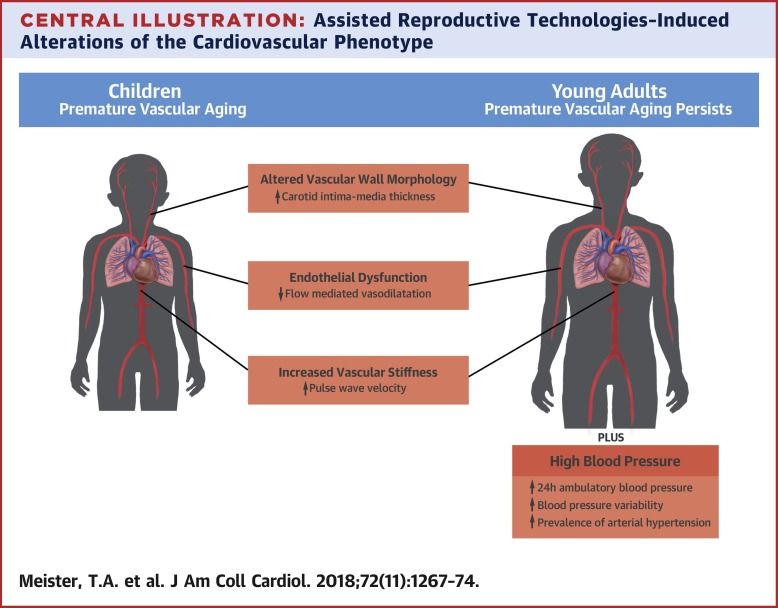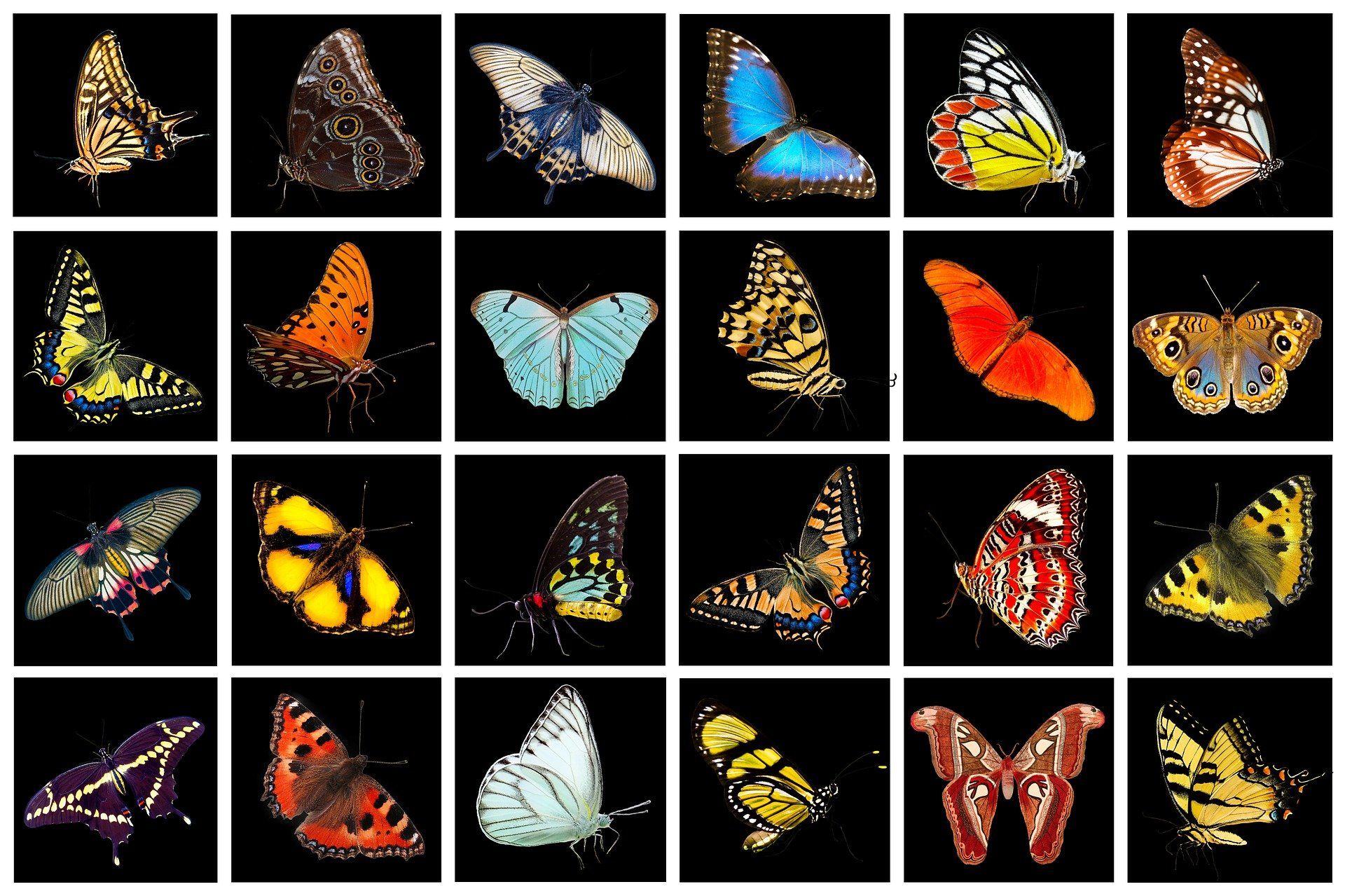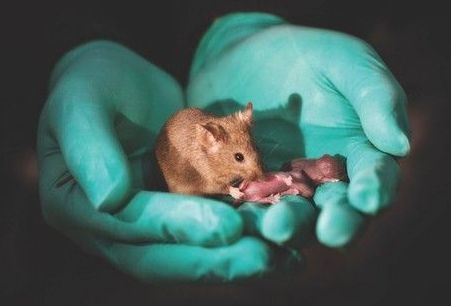So far, robots have primarily been developed to fulfill utilitarian purposes, assisting humans or serving as tools to facilitate the completion of particular tasks. As robots become more human-like, however, this could pose significant challenges, particularly for robots built to engage with humans socially.
Humans have used sex dolls as inanimate objects for sexual pleasure throughout history. Animated sex robots, social robots created to meet humans’ needs for sex and affection, offer more. Due to recent developments in robotics and AI, sex robots are now becoming more advanced and human-like. Purchasers can have them customised both in appearance and in how they speak and behave to simulate intimacy, warmth and emotion.
Currently, sex robots are inanimate things, able to simulate but not engage in mutual intimacies. In the future, however, technological advances might allow researchers to manufacture sentient, self-aware sex robots with feelings, or sexbots. The implications of the availability of sexbots as customisable perfect partners for intimate relationships with humans are potentially vast.

